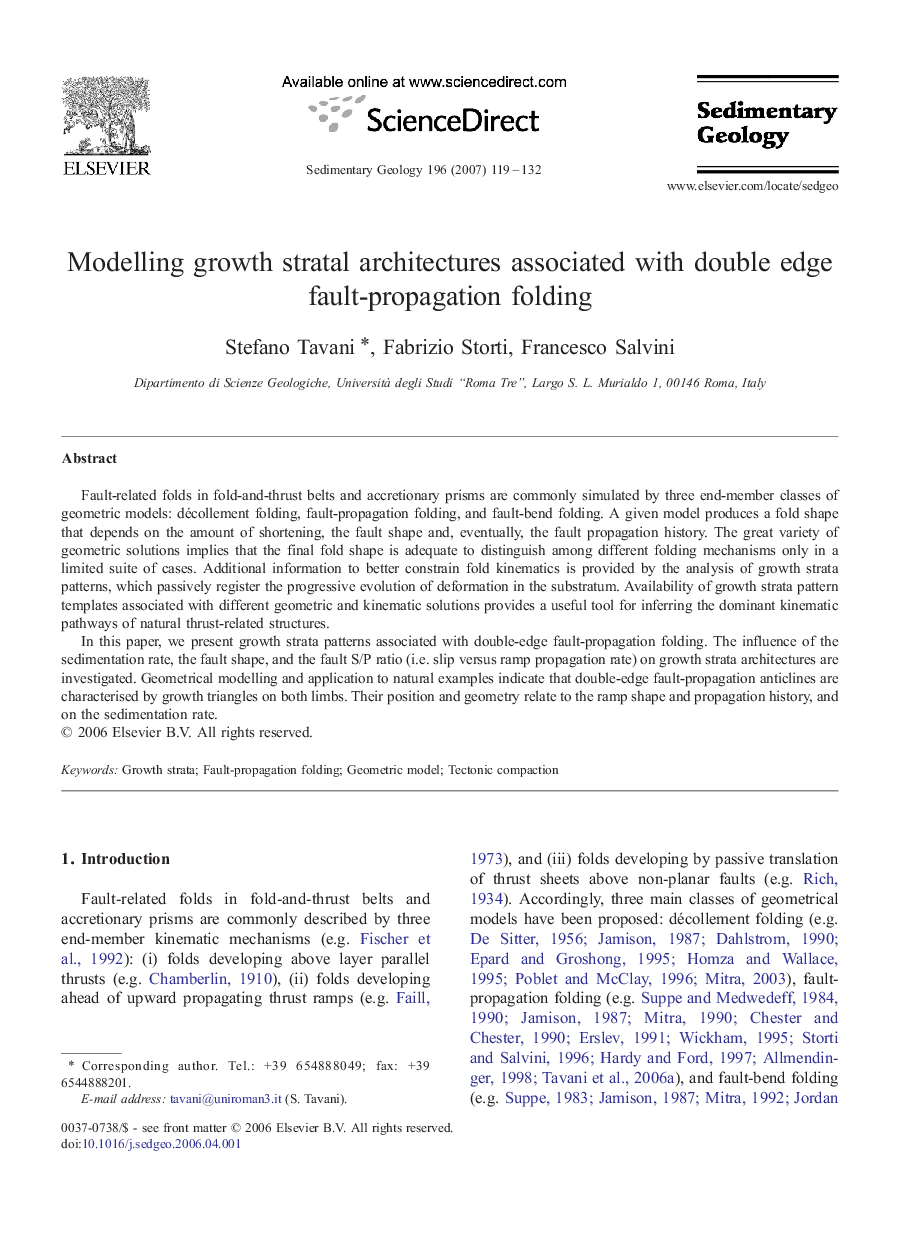| Article ID | Journal | Published Year | Pages | File Type |
|---|---|---|---|---|
| 4690823 | Sedimentary Geology | 2007 | 14 Pages |
Fault-related folds in fold-and-thrust belts and accretionary prisms are commonly simulated by three end-member classes of geometric models: décollement folding, fault-propagation folding, and fault-bend folding. A given model produces a fold shape that depends on the amount of shortening, the fault shape and, eventually, the fault propagation history. The great variety of geometric solutions implies that the final fold shape is adequate to distinguish among different folding mechanisms only in a limited suite of cases. Additional information to better constrain fold kinematics is provided by the analysis of growth strata patterns, which passively register the progressive evolution of deformation in the substratum. Availability of growth strata pattern templates associated with different geometric and kinematic solutions provides a useful tool for inferring the dominant kinematic pathways of natural thrust-related structures.In this paper, we present growth strata patterns associated with double-edge fault-propagation folding. The influence of the sedimentation rate, the fault shape, and the fault S/P ratio (i.e. slip versus ramp propagation rate) on growth strata architectures are investigated. Geometrical modelling and application to natural examples indicate that double-edge fault-propagation anticlines are characterised by growth triangles on both limbs. Their position and geometry relate to the ramp shape and propagation history, and on the sedimentation rate.
